
26 Famous Dishes of Gilgit-Baltistan
Are you curious to know about the famous dishes of Gilgit-Baltistan? The dishes are prepared with local vegetables having unique ingredients.

Are you curious to know about the famous dishes of Gilgit-Baltistan? The dishes are prepared with local vegetables having unique ingredients.
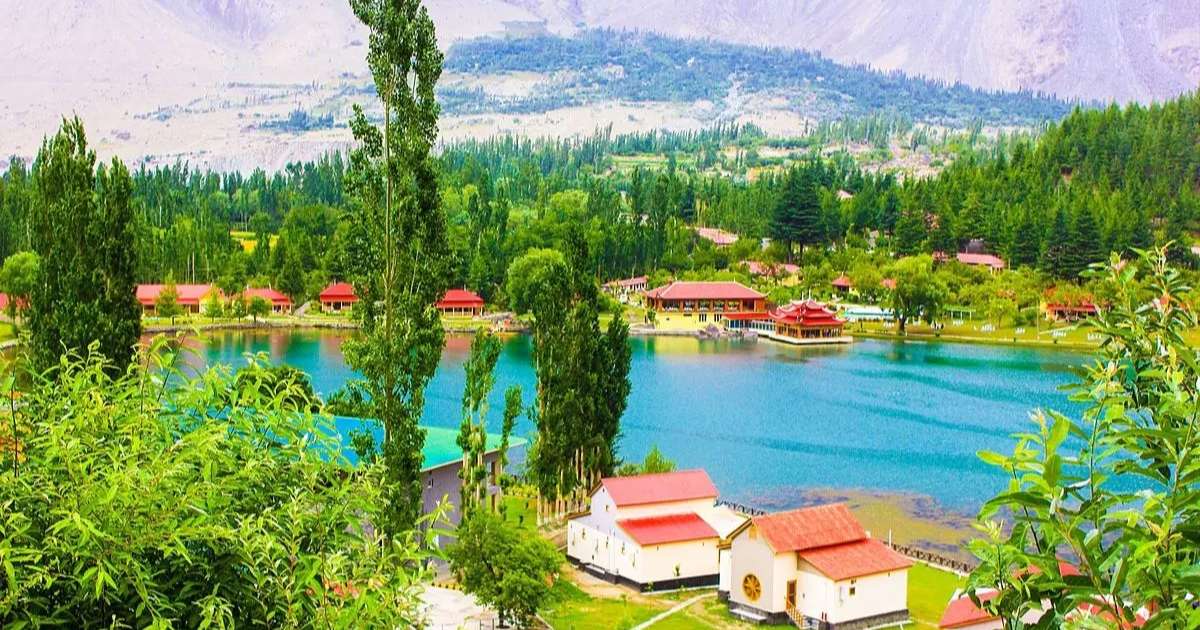
Are you ready to visit the best places in Gilgit Baltistan? Gilgit-Baltistan is more than just a destination.
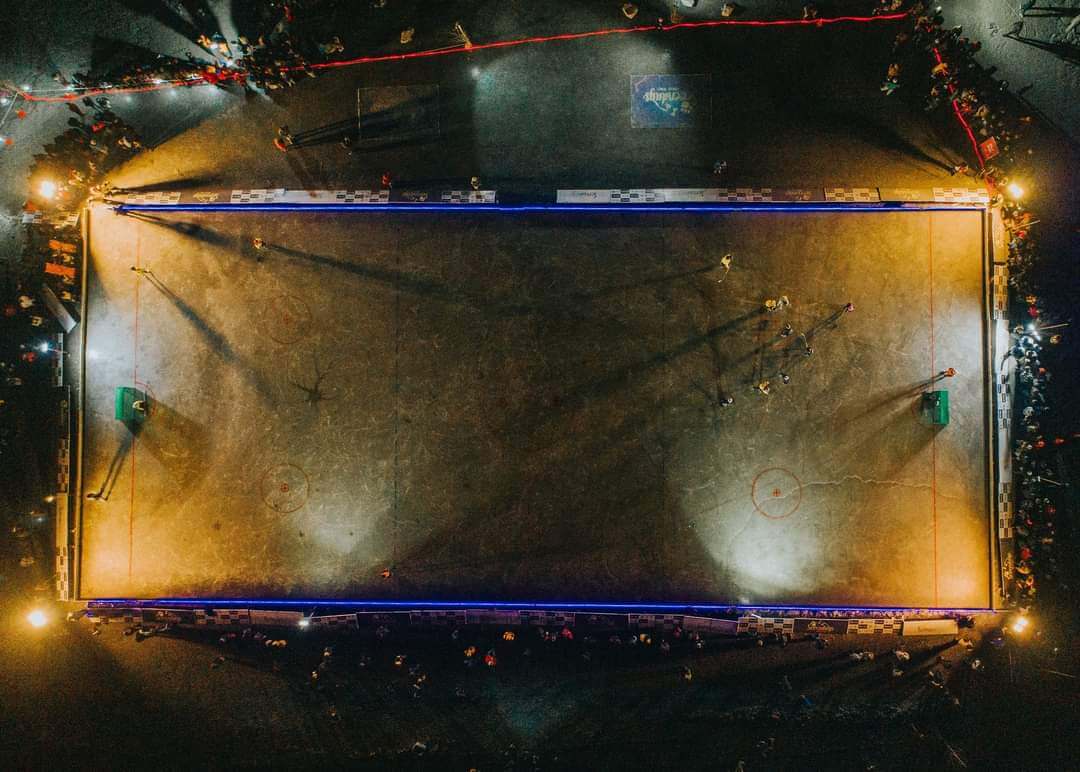
Discover Attabad Lake’s breathtaking beauty, formed from a 2010 landslide. Dive into adventure, culture, and economic impacts in this must-read blog.
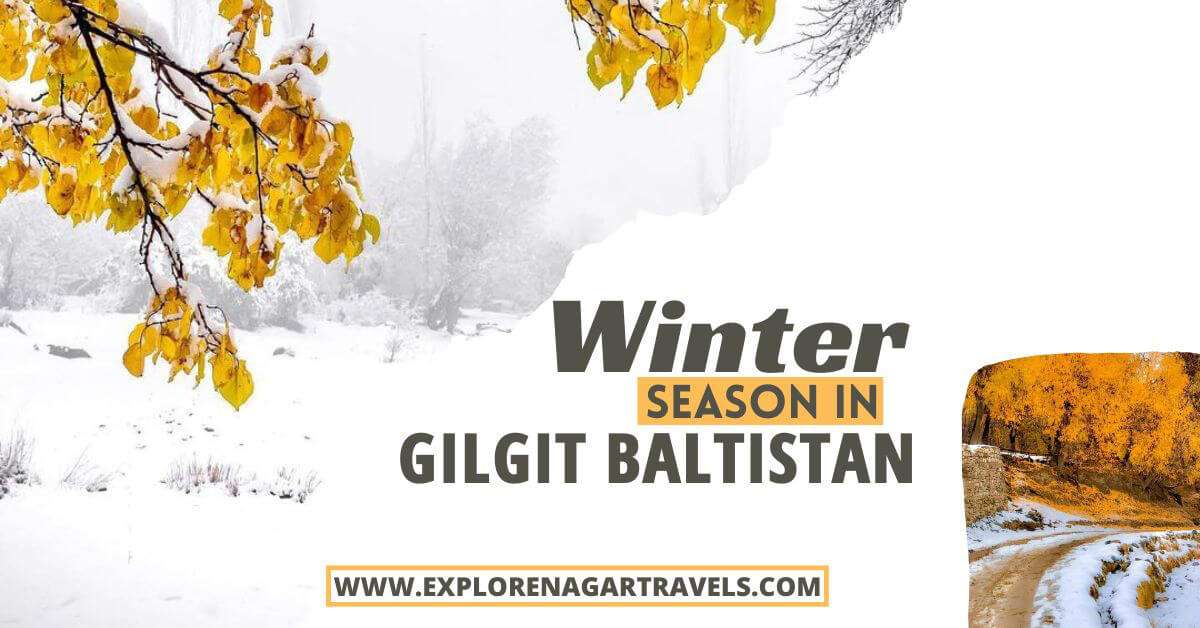
Best Places to Spend Winter Season in Gilgit Baltistan. Gilgit Baltistan is a region in Pakistan with an incredible landscape and culture.
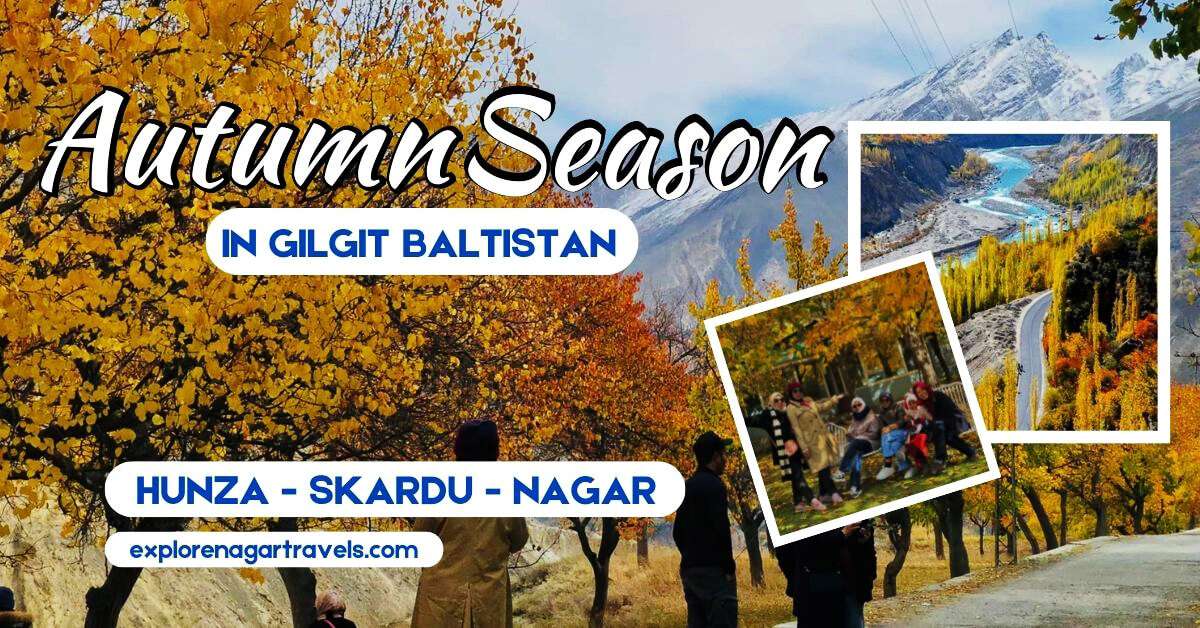
Gilgit Baltistan has always been a fascinating place to visit during the autumn season, with its chilly and crisp atmosphere.
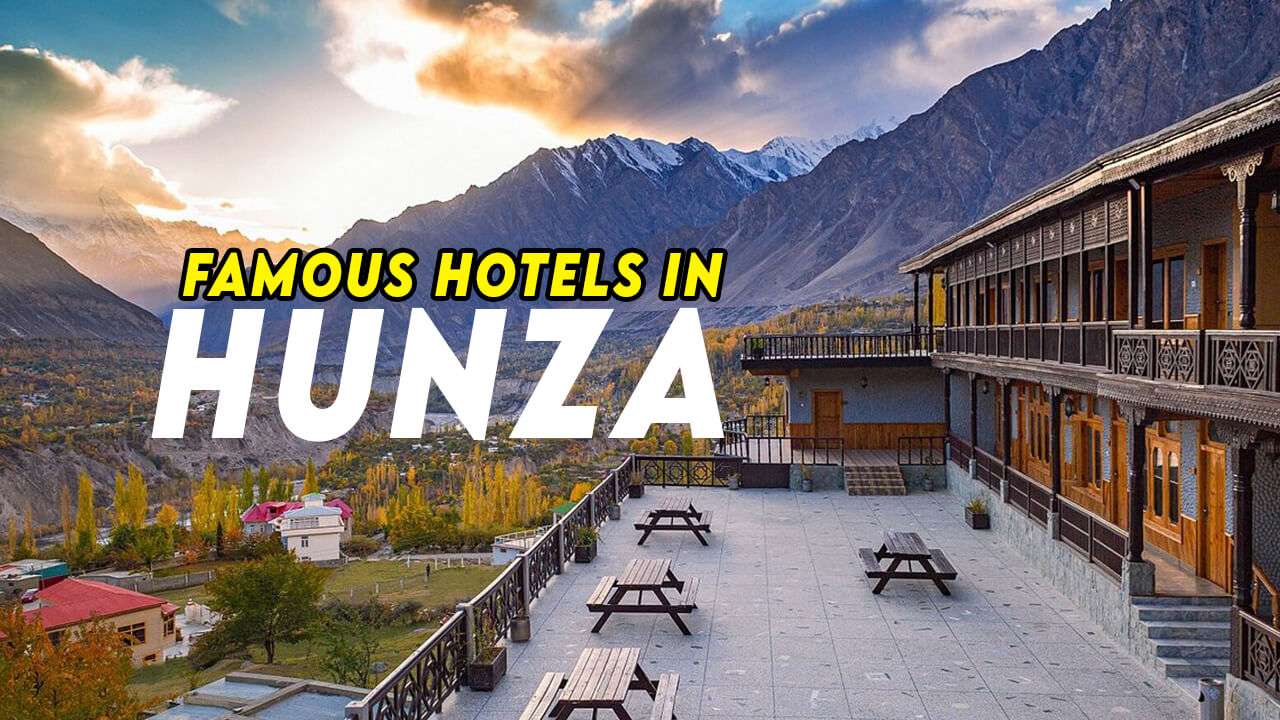
Best Hotels in Hunza Valley Gilgit Baltistan. If you’re looking for the best hotels in Hunza Valley, read out the cheap and Luxury hotels.
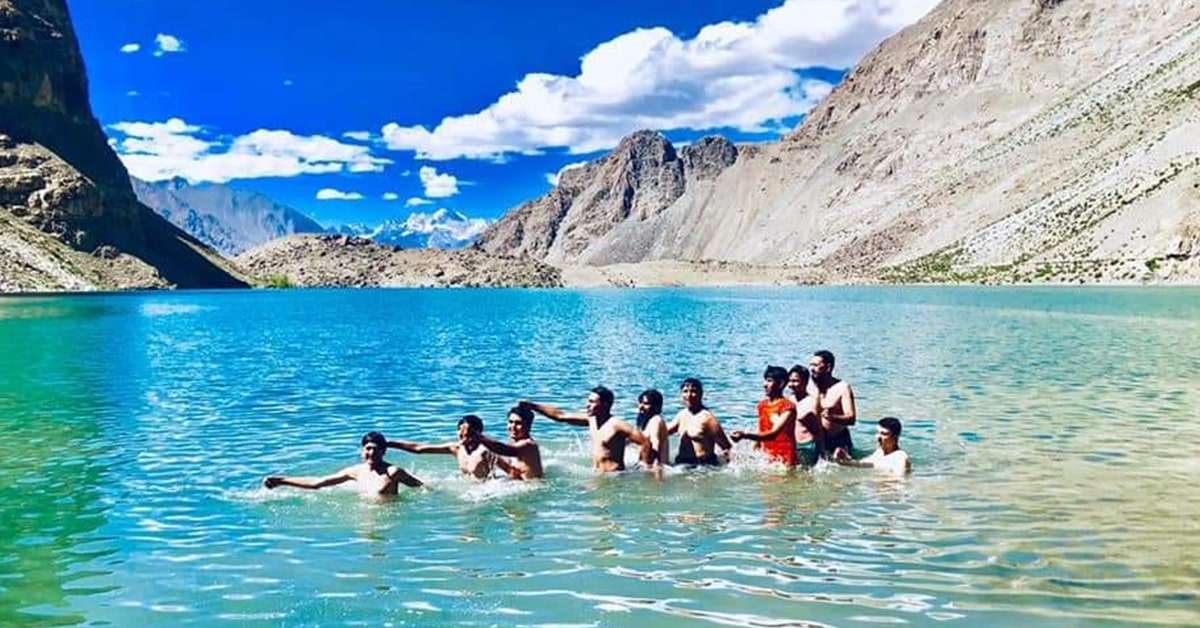
All About About Gilgit-Baltistan, Gilgit Baltistan is the home to more than 20 peaks over 6,100m where K-2 is the second-highest mountain.

Rosie Gabrielle Moved To Gilgit Baltistan. The long-anticipated wait is over! We are happy to share and announce that we have shift to North.
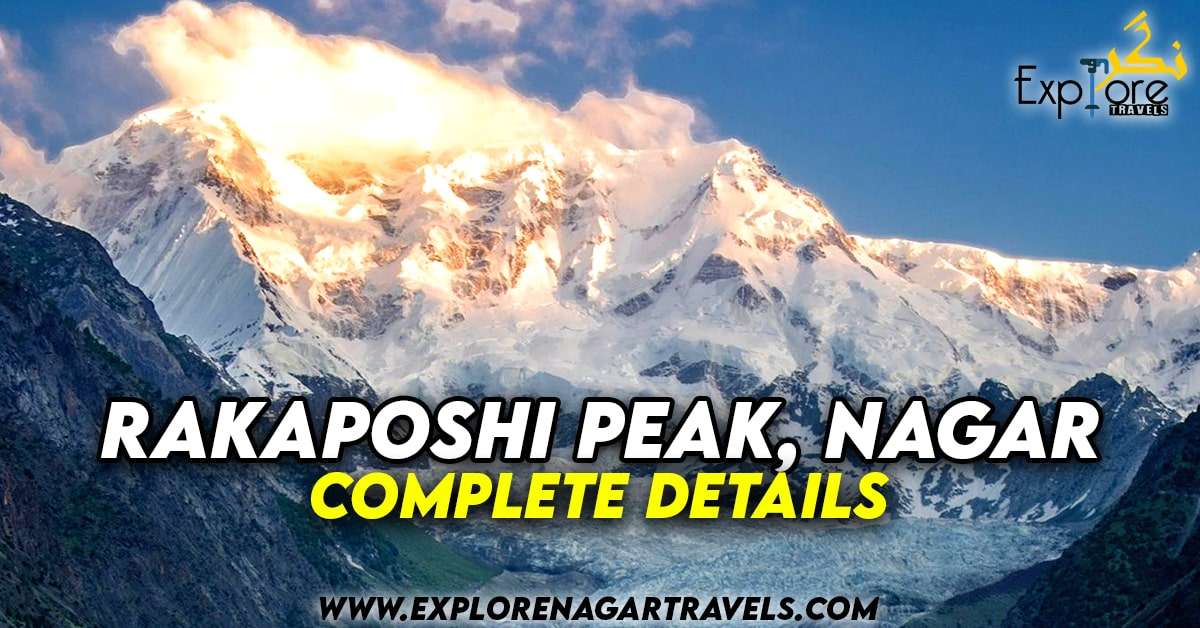
Rakaposhi Peak 7788m – The 3rd Beautiful and 12th Highest Peak of Pakistan. It is the world’s 27th highest mountain with exceptional rise.

Pakistan is thankfully a home of 108 peaks above 7,000 m. I will share the Complete List of Mountains in Pakistan and their Ranking globally.

The incredible and touristic area in gilgit baltistan is Hunza Valley. In this guide beautiful places to visit in hunza gilgit baltistan.
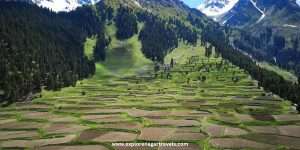
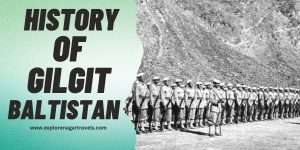



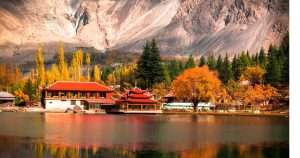

ENT&T is a native tour company and we are pleased to introduce ourselves to you as “Adventure Pakistan”, one of the leading Tour Operators of Pakistan, offering a wide range of tour itineraries relating to sheer adventure, exquisite culture, and thrilling special interest options throughout the country.
Book a Trip